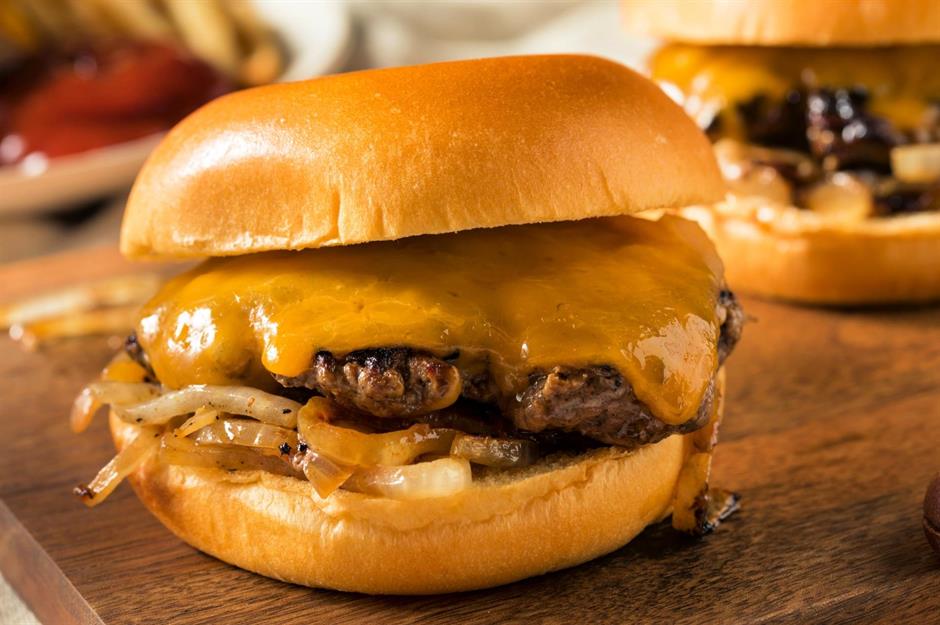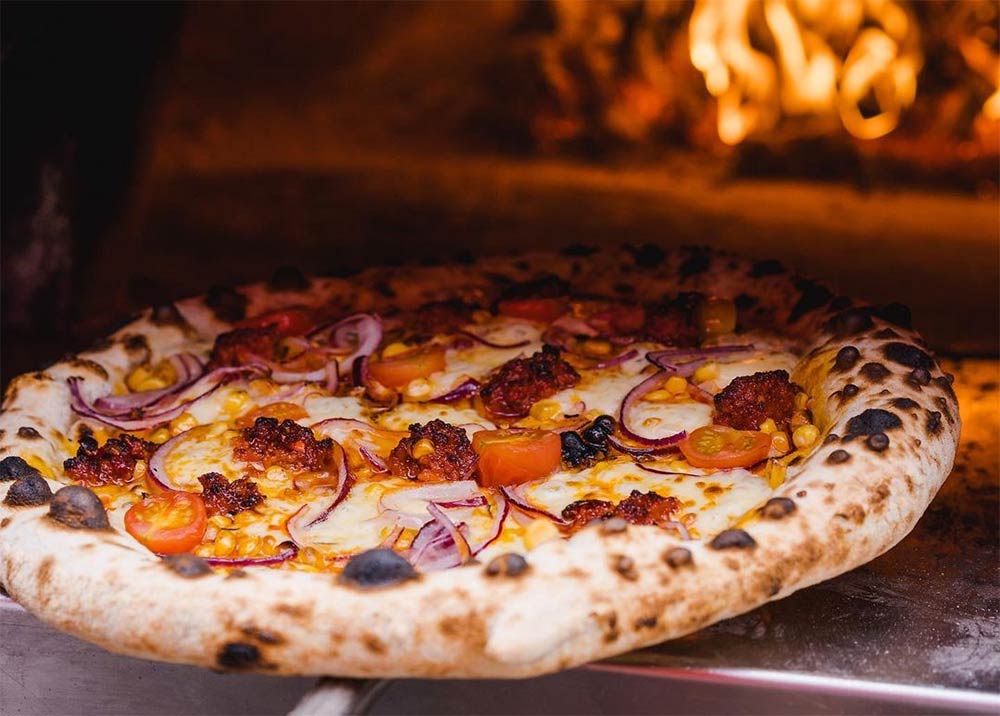Legendary Fast Food Dishes in History
The culinary universe is vast, but few phenomena rival the global cultural impact of fast food. It’s not just about convenience; iconic dishes have carved out places in history, captivating millions and shaping lifestyles. Some have transcended the status of mere meals, becoming symbols of innovation, nostalgia, and even revolution.
This article explores the legendary fast food creations that have not only endured the test of time but have also become ingrained in human culture across generations.
The Origins of Fast Food Icons
Every fast food legend has an origin story. These dishes often emerge at the intersection of cultural trends, technological advancements, and human ingenuity.
The Burger Revolution The hamburger, arguably the king of fast food, was popularized in the early 20th century. While its exact origins are debated, one thing remains clear: the modern burger owes its fame to White Castle, which standardized its preparation in the 1920s. McDonald’s later perfected the art of mass production with its assembly-line techniques in the 1940s, ensuring every Big Mac became a global symbol of fast food.
The hamburger, arguably the king of fast food, was popularized in the early 20th century. While its exact origins are debated, one thing remains clear: the modern burger owes its fame to White Castle, which standardized its preparation in the 1920s. McDonald’s later perfected the art of mass production with its assembly-line techniques in the 1940s, ensuring every Big Mac became a global symbol of fast food.
Pizza Takes Over Pizza, rooted in Italian culinary traditions, became a fast-food sensation with the rise of chains like Domino’s and Pizza Hut in the 20th century. What made it legendary wasn’t just its flavor but its adaptability—every country added its twist, from Japan’s seafood-topped slices to India’s paneer pizzas.
Pizza, rooted in Italian culinary traditions, became a fast-food sensation with the rise of chains like Domino’s and Pizza Hut in the 20th century. What made it legendary wasn’t just its flavor but its adaptability—every country added its twist, from Japan’s seafood-topped slices to India’s paneer pizzas.
The Rise of Fried Chicken
Kentucky Fried Chicken (KFC), founded by Colonel Harland Sanders, epitomized the power of branding in fast food history. Its secret blend of 11 herbs and spices transformed fried chicken into a worldwide phenomenon, cementing its legacy.
Fast Food as a Cultural Phenomenon
Fast food is more than just food; it’s a mirror reflecting societal shifts. Iconic dishes often carry cultural weight, influencing not only eating habits but also pop culture, politics, and economic landscapes.
A Taste of America
The cheeseburger is a prime example of how a dish can embody national identity. From backyard barbecues to high-end gourmet takes, this fast-food staple has permeated every layer of American society.
The Globalization of Local Flavors
Chains like Taco Bell redefined the accessibility of Mexican-inspired dishes, bringing tacos, burritos, and nachos into the global spotlight. Similarly, sushi's journey from Japanese tradition to California rolls in fast-food chains reflects a broader fusion of tastes.
Fast Food in Media and Entertainment
Legendary dishes often find their way into pop culture. Who can forget Pulp Fiction’s ode to McDonald’s Royale with Cheese? Or the countless TV shows and films where pizza boxes or buckets of fried chicken play starring roles?
Innovators Behind the Legends
Behind every legendary dish is a visionary. These pioneers shaped the fast-food industry, introducing not only unforgettable dishes but also revolutionary ideas.
Ray Kroc and the McDonald’s Legacy
Kroc didn’t invent the hamburger, but he turned McDonald’s into a household name by focusing on consistency and efficiency. His contributions made the Big Mac and McDonald’s fries global icons.
Harland Sanders and the Art of Fried Chicken
The Colonel’s relentless dedication to perfecting his recipe redefined fast food. KFC’s secret formula remains one of the most protected trade secrets in culinary history.
Glen Bell’s Taco Bell Revolution
By bringing tacos to a mainstream audience, Bell combined convenience with affordability, introducing millions to Mexican-inspired flavors.
The Enduring Legacy of Legendary Dishes
What makes a fast food dish legendary? Longevity and universal appeal are key. These dishes remain timeless because they tap into shared human desires for comfort, flavor, and familiarity.
The Role of Nostalgia
Fast food is often tied to memories—family road trips, late-night cravings, or childhood treats. This emotional connection makes iconic dishes more than meals; they’re experiences.
Adaptability Meets Tradition
Legendary dishes stay relevant by evolving. Whether through plant-based burgers or regional variations, fast food icons adapt while preserving their essence.
Cultural Significance
From the humble burger to the universal love for pizza, these dishes transcend boundaries. They unify people across diverse cultures, providing a shared language of taste and indulgence.
Conclusion
Legendary fast food dishes aren’t just culinary feats; they’re cultural artifacts. Their stories of origin, innovation, and cultural impact reveal their enduring relevance. From McDonald’s burgers to Domino’s pizza, these creations continue to define how we eat, connect, and live in a fast-paced world.
For the dishes that have achieved legendary status, their impact goes beyond flavor—they shape identities, tell stories, and remind us that even in an ever-changing world, some things remain timeless.
References:
- The History of the Hamburger
- The Rise of Pizza Chains
- The KFC Story
- Fast Food and Pop Culture
- Ray Kroc’s McDonald’s Empire
- Taco Bell’s Innovation
- Fast Food Globalization
- The Nostalgia Effect in Fast Food
- How Fried Chicken Became a Symbol
- Pizza: From Naples to the World

















































